I rode the new Maeving RM1S – and it's the first truly convincing 125cc electric motorbike I've tried
A useable EV range and punchy performance in one stylish bike
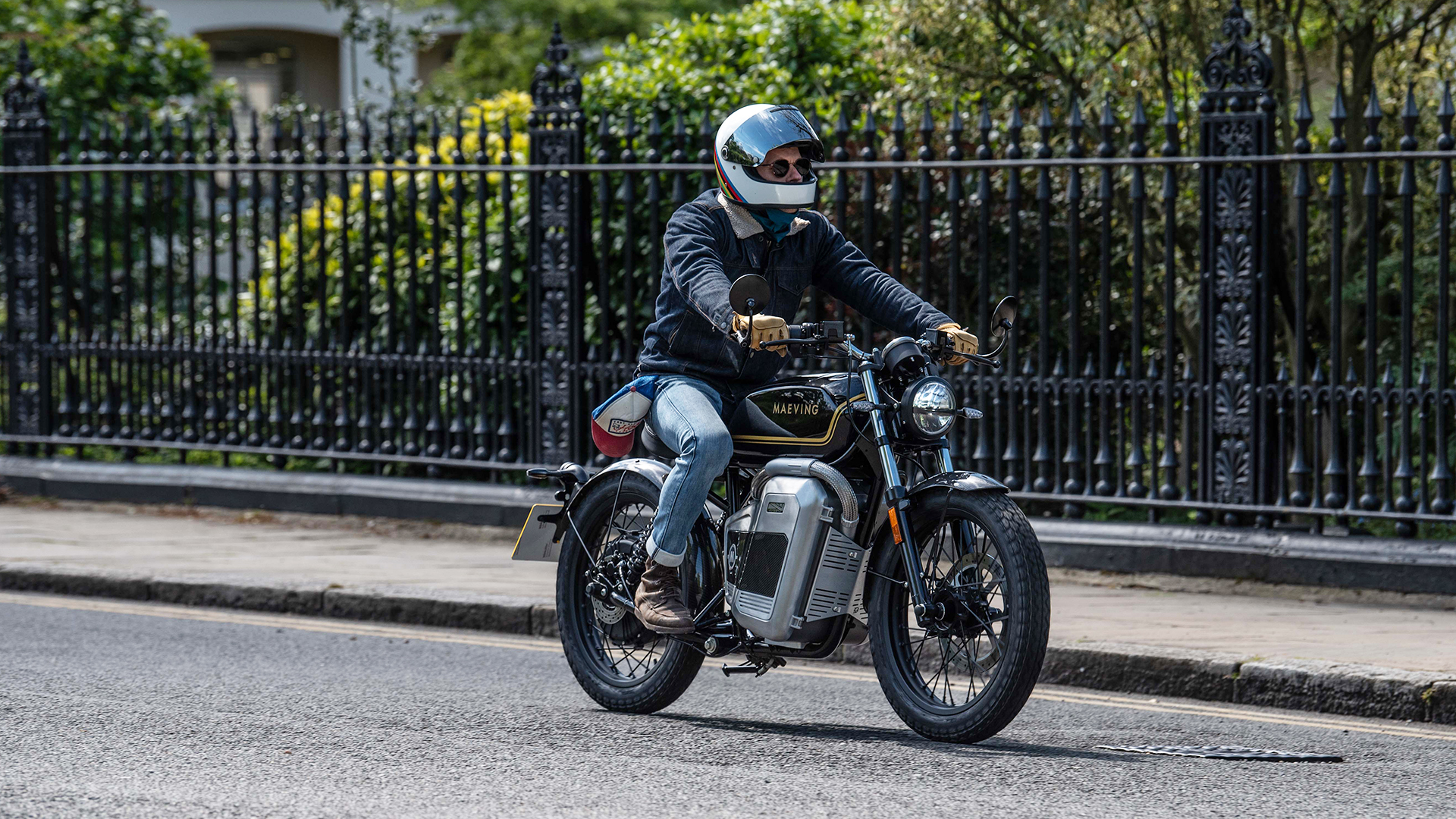
When Seb Inglis-Jones and Will Stirrup, the co-founders of British electric motorcycle start-up Maeving, found themselves in China on business, they remarked at how beautifully silent the mass of scooters lining up at traffic lights were.
"We knew there and then that the future of urban mobility had to be electric and it had to be powered by battery packs that were easily removed and conveniently charged, rather than relying on a public network or trailing awkward wires," Will explains at the launch of Maeving’s latest bike, the RM1S.
Looking largely similar to the striking RM1, which has gone on to be one of the best-selling electric motorcycles in the UK since its launch in 2022, the RM1S takes the same retro-futuristic design but adds in a larger battery capacity and a revised electric motor that now promises longer trips between charges and, perhaps more importantly, improved performance. And after a test-drive through London, I came away impressed with its potential in busy city centers.
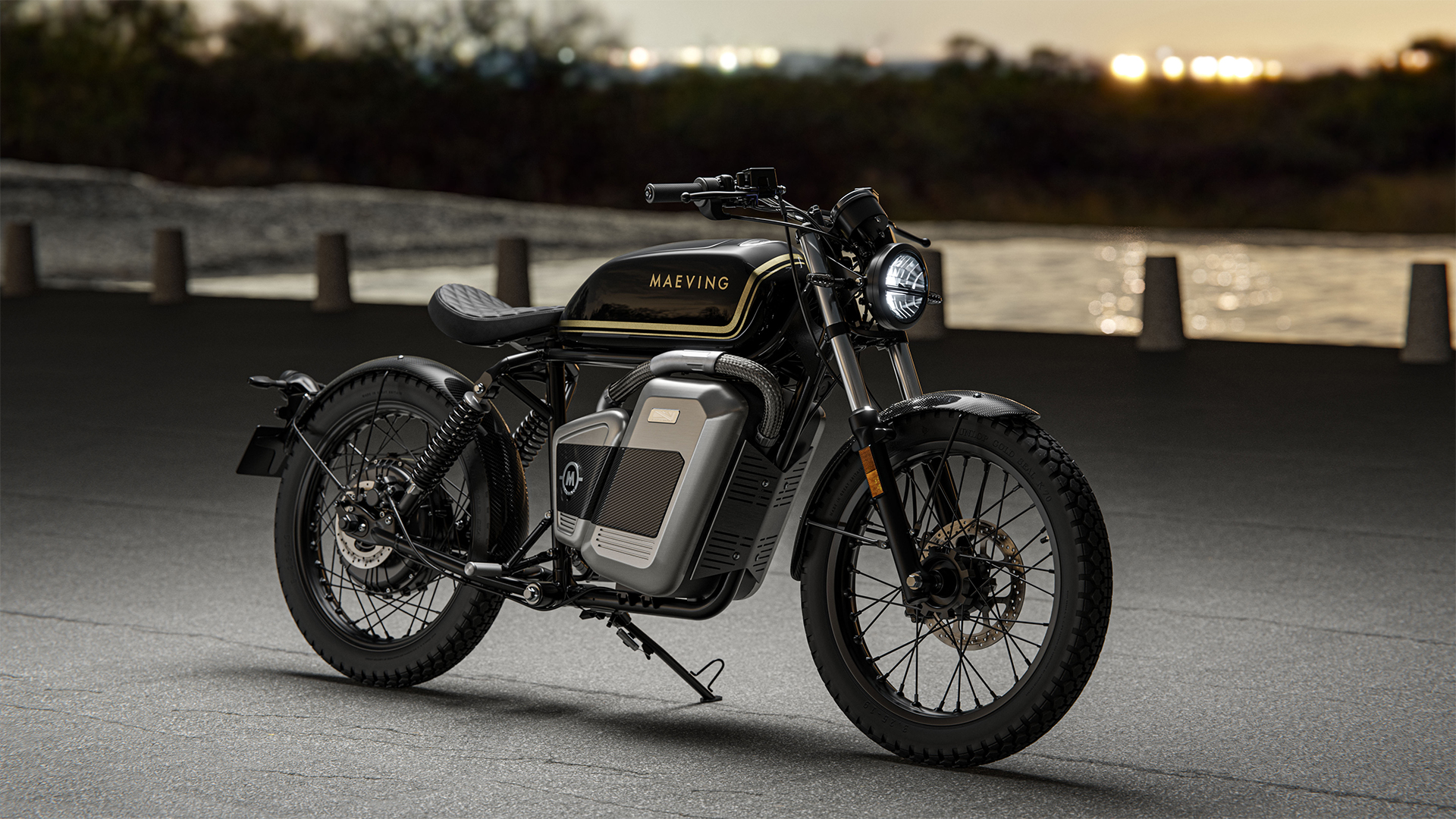
But first, the backstory of the RM1. "The overriding feedback from customers of the RM1 is that they wanted more power and higher top speeds – the kind of performance they were used to on petrol-powered motorcycles," Will explained.
The RM1, with its 3kW of continuous power (4.4kW peak) was able to hit the lofty heights of 45mph and could run for around 50 miles before it required charging. The recipe has certainly been a hit with urban commuters wanting a partially maintenance-free and highly simplified two-wheeled commute, but those wanting to explore further have demanded more.
Enter stage right the RM1S, which receives an all-new rear wheel-mounted electric hub motor, which is now capable of 7kW of continuous power (10.5kW peak) and a top speed of up to 70mph, allowing it to keep up with traffic on faster roads and blast through gaps in city congestion.
"The RM1S is really the electric bike that we always wanted to make," says Will. "But it’s more than just a refreshed motor and battery – a lot has gone into the engineering and we feel this handles and rides differently, it has a character of its own" he adds.
Sign up for breaking news, reviews, opinion, top tech deals, and more.
Big bike energy
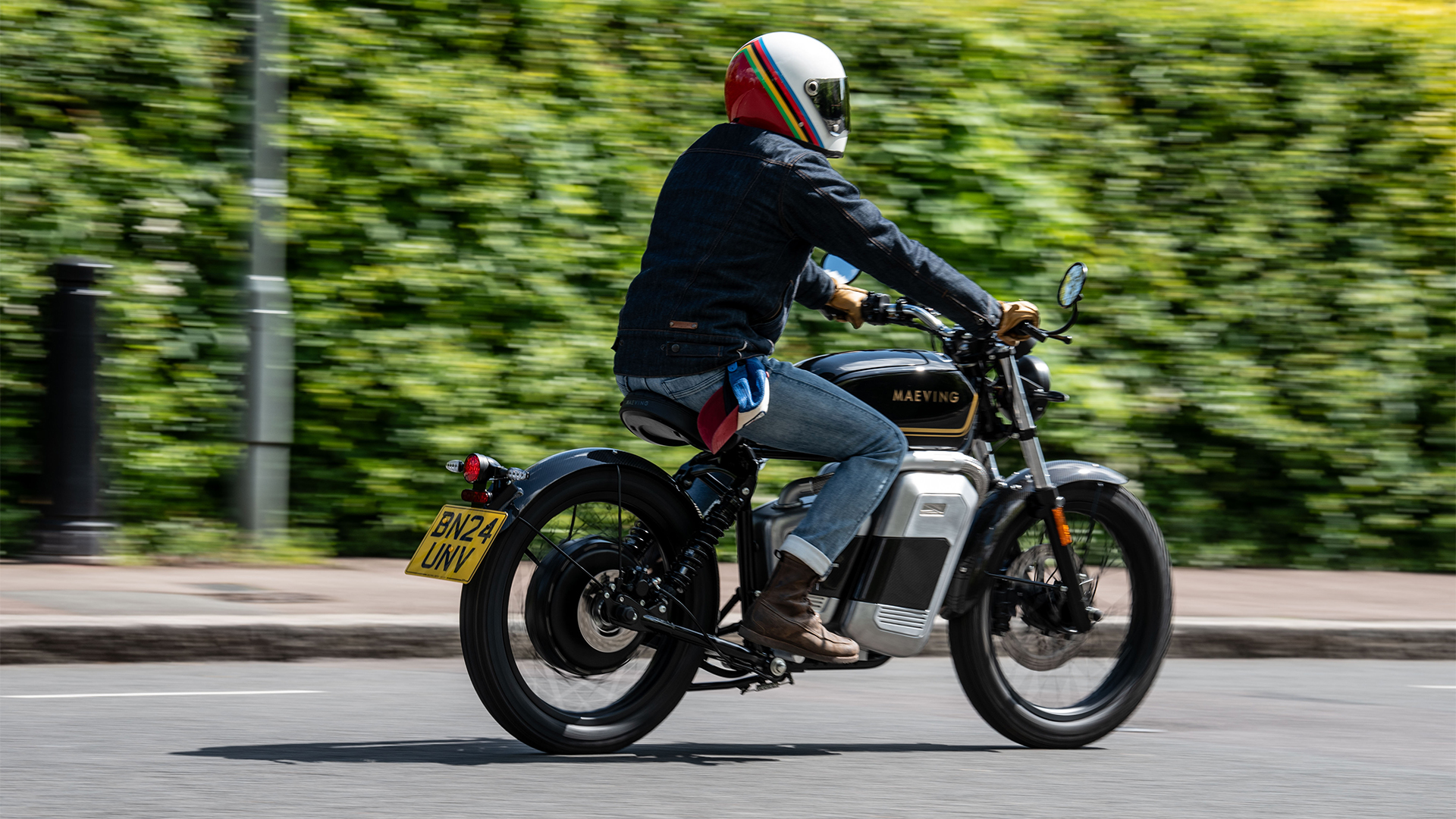
Although similar in stature to the RM1, the RM1S features an all-new battery layout, with the twin battery packs (made up of LG cells) mounted in the stylish, aluminium and carbon fibre-clad housing unit that sits within the frame, echoing combustion engines of yesteryear.
Previously, if you optioned the RM1 with twin batteries, one of those packs would reside in the faux fuel tank area, but this now remains free and has become a handy 10-liter lockable storage bin, complete with an electronically opening door that is operated by a button on the bars.
Mounting the heavy battery packs low down means the bike's centre of gravity is now much lower and, in turn, has had a positive impact on handling – specifically at low speed, where the bike’s 130kg mass is very well disguised. In addition to this, Maeving has added a charging port for the first time, making it possible to run a cable from a standard domestic plug socket and charge the entire system from 20-80 per cent in around 2.5 hours.
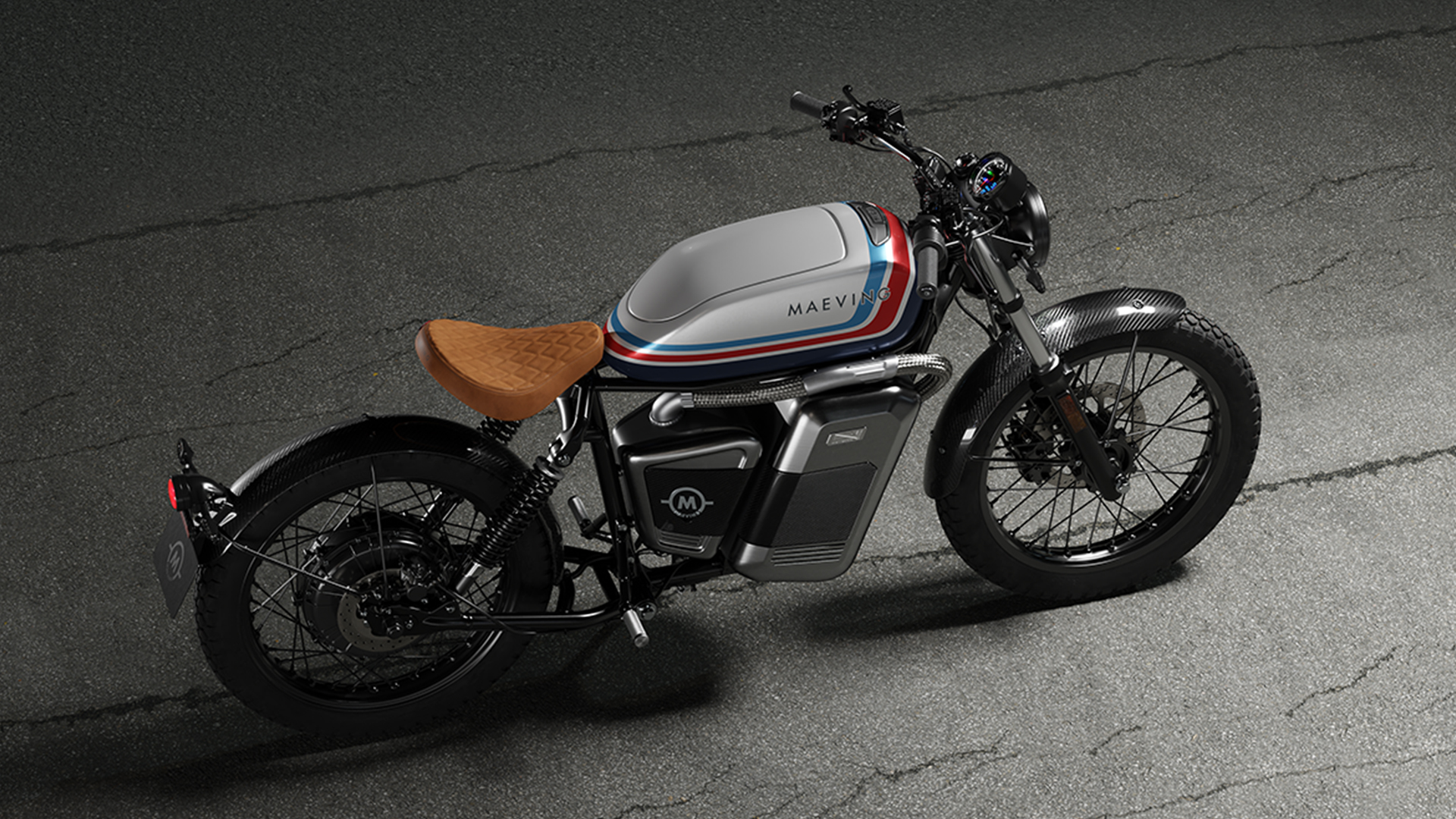
Owners of the RM1, by comparison, had to remove those battery packs and charge them on a specific dock, which they had to do more often considering the max range on that bike is anywhere from 30 miles to 63 miles, depending on how many batteries you opt for.
"The convenience of being able to charge batteries away from the bike was a big draw for RM1 customers," co-founder Will Stirrup explains. "But we know that having the option to plug directly into the bike is also a selling point. We are working on adaptors that will allow owners to also use lower powered public charging stations too," he adds.
Easy rider
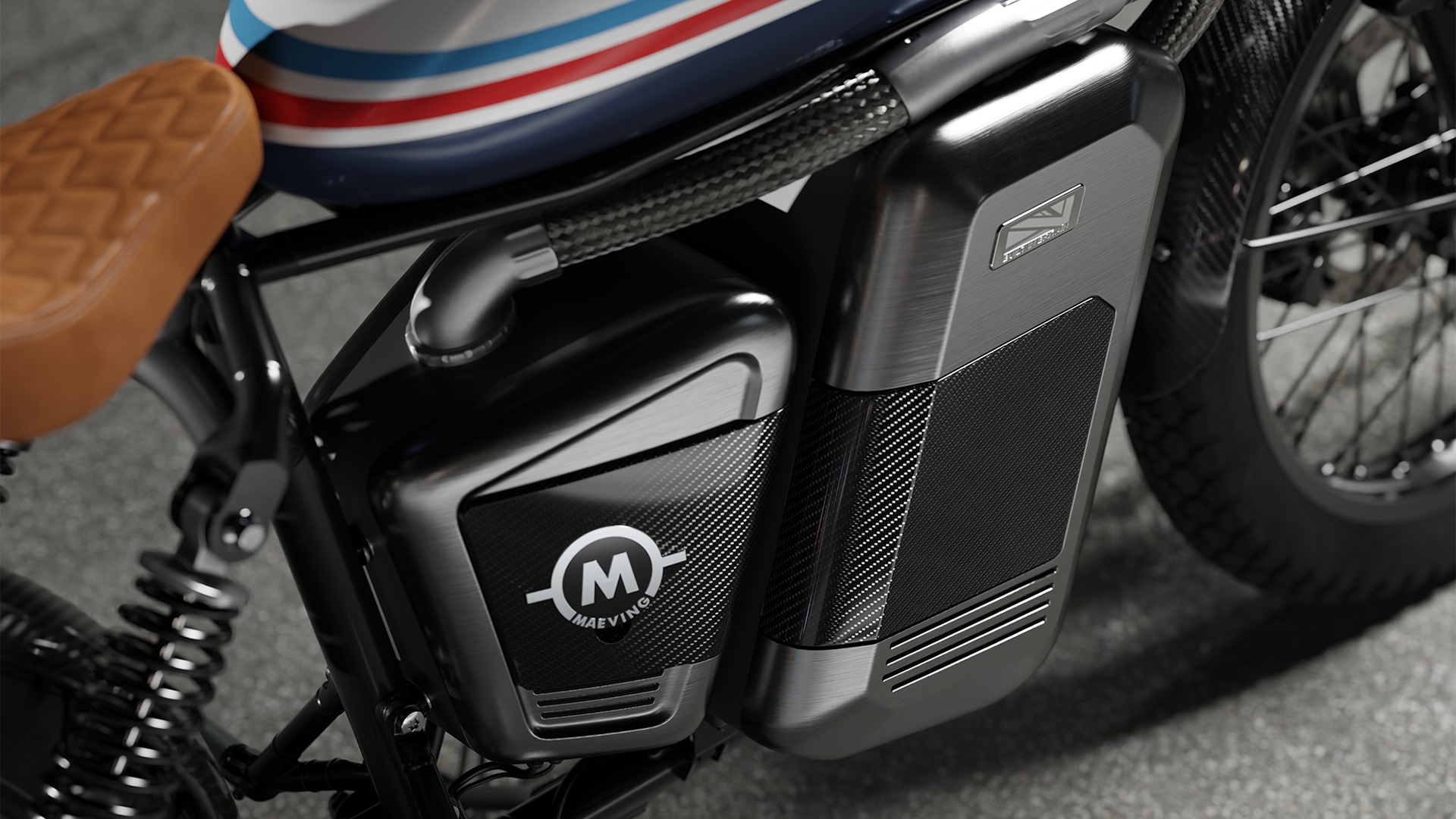
The Maeving business model is unique in the sense that customers buy online, their bike is delivered to their door and any routine maintenance (of which there isn’t much) is handled by a team of trusted Maeving engineers, who come to your house or place of work at a convenient time. It’s like the Peloton of the personal transportation world.
It’s no wonder, then, that many of Maeving’s customers are completely new to the world of motorcycling. After all, both the RM1 and RM1S simply require a CBT (Compulsory Basic Training) in the UK to ride legally – so long as you are 17 years of age. It’s a similar story in the US, where only basic licenses (if any) are required to ride one.
The original model, with its 45mph top speed, felt very much like a lower-powered 50cc combustion engine rival, but the recent overhaul has helped add the power and range that make it a genuinely versatile everyday machine.
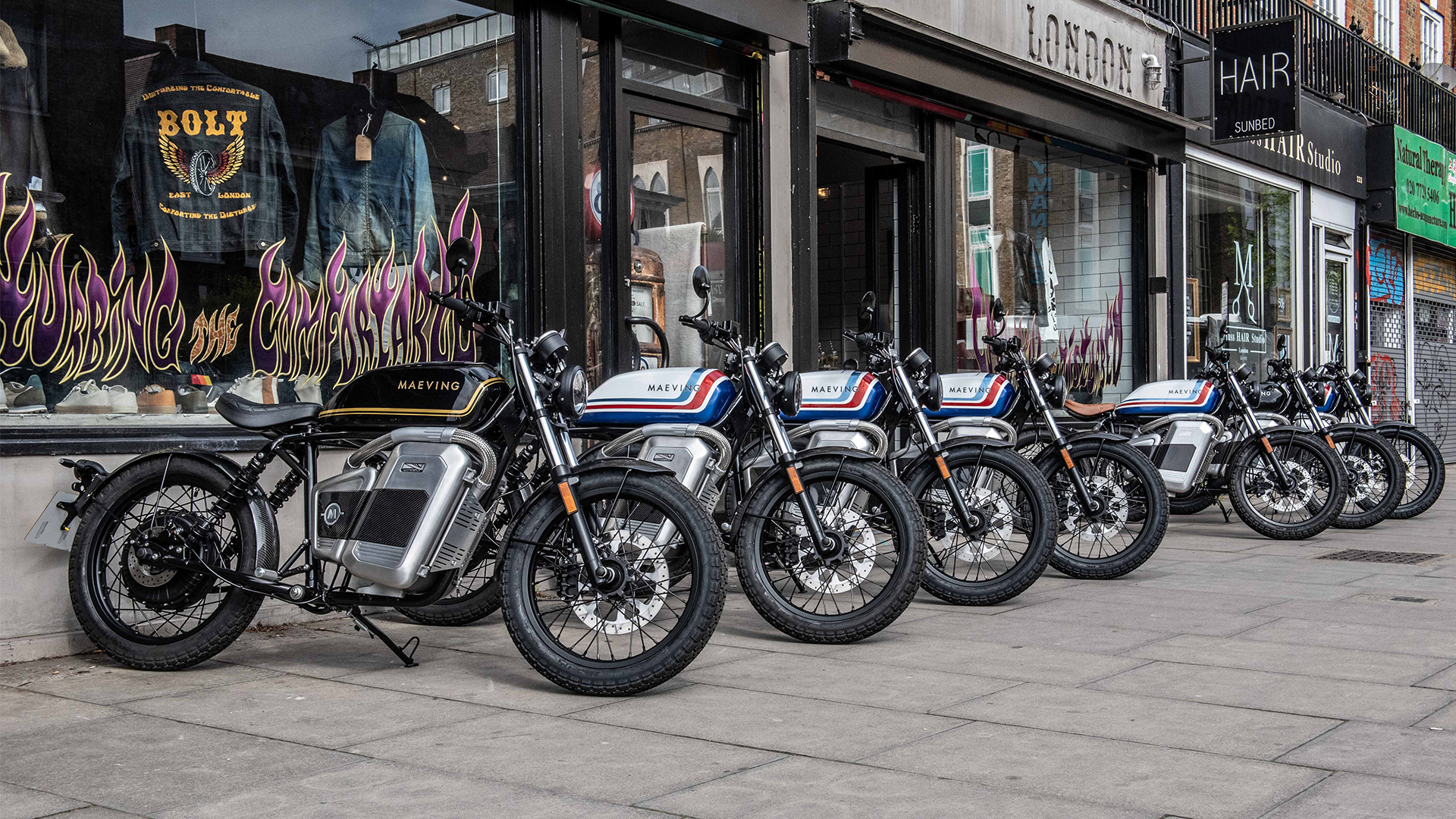
During our test ride, we took in plenty of slow 20mph roads through London, but found the additional acceleration made it perfect – and much safer – for legally filtering through congestion. Quick twists of the throttle equated to swift passes of cyclists and slower cars, while the agile handling made it a boon to thread through standstill traffic.
Plus, we even took in stretches of the UK's A12, a major road that has a 50mph limit in places. Here, the Maeving RM1S had enough power to easily keep up with traffic and enough in reserve to overtake slower vehicles if needed. The saddle could do with being slightly more padded and the foot peg arrangement won't be to all tastes, but you could happily spend hours behind the bars.
Plus, unlike the Kawasaki Z EV that I recently rode, which relied on a boost function to give very short bursts of added power (and even then it struggled to get to 50mph), the RM1S' performance was constantly on tap, and being heavy-handed with the throttle didn’t appear to have an adverse effect on battery range.
Our group of riders spent the best part of a day navigating busy London traffic, looping stretches for event photographers and still made it back with around 60 per cent battery remaining. It’s a far cry from the 30 miles of the RM1– or the paltry 20-miles that the £7,799 ($7,599 / AU$11,600) Kawasaki Z EV flashed up after a full charge during our tests.
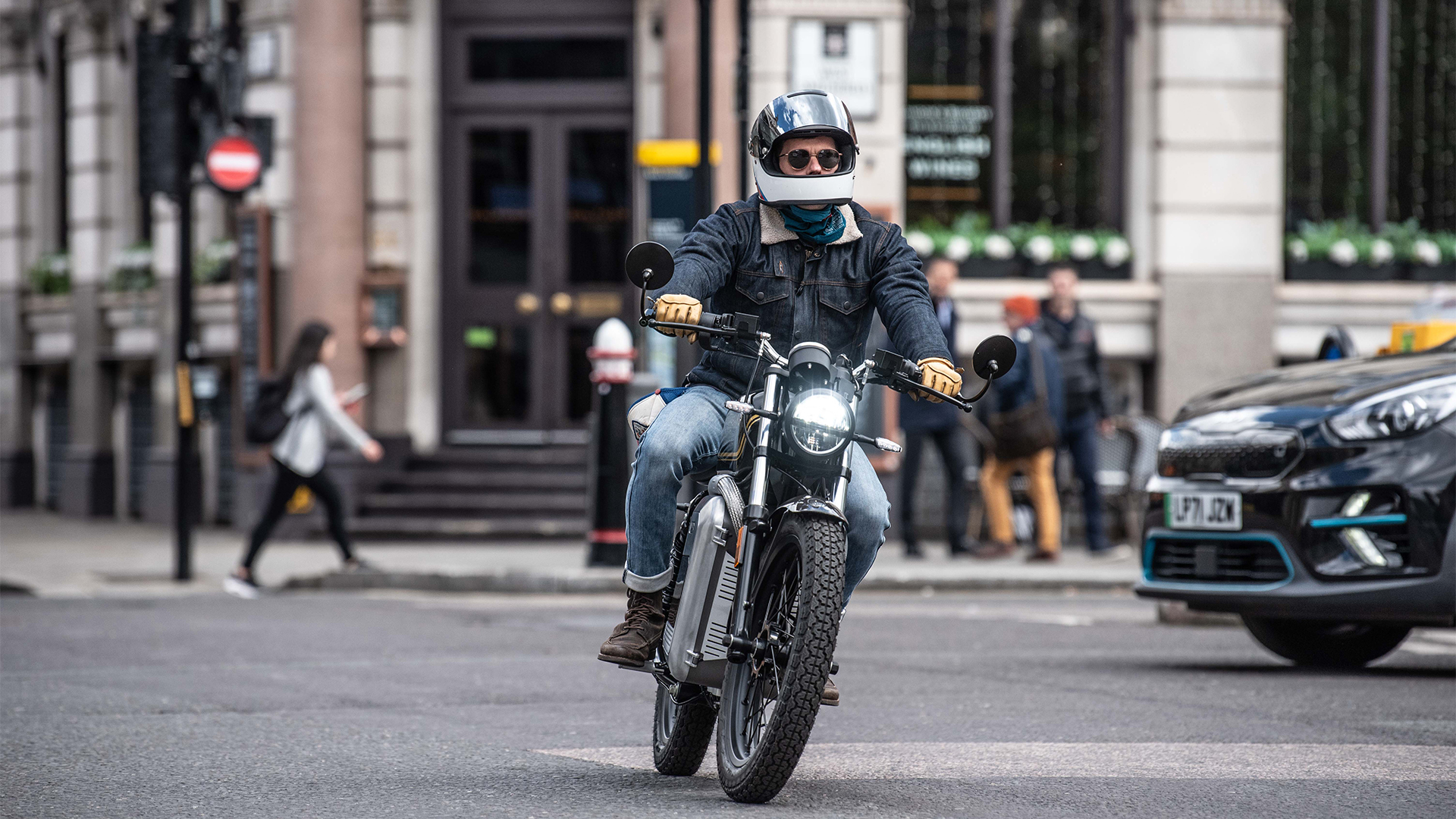
Even BMW's recent efforts with the funky, futuristic CE 02, which is arguably more of a technological tour de force, manages around 60 miles in higher battery capacity guise, but will set you back £8,450 ($7,599 / AU$11,600), almost a grand more than the RM1S. For more on that, check out our guide to the best new electric motorbikes and scooters.
Maeving has clearly invested a huge amount of time, not to mention pinching engineers from Triumph, to ensure the recipe is just right in the RM1S – a tasty blend of anxiety-busting range, brisk performance and truly unique styling. The near-silent machine turns heads and starts conversations wherever it goes.
What's more, it is manufactured in Coventry, England, with as many parts as possible sourced from the UK. Regardless of this, it costs £7,495 ($8,995 / AU$13,700), making it also one of the most competitively priced in the current market.
Sure, there are cheaper options out there that will get you from A to B, but nothing I've tried so far does it with this level of sophistication and panache. So much so that I feel little ol' Maeving has done enough to cause genuine concern among the giants of the two-wheeled game. Motorcycling's Tesla? It could well be.
You might also like

Leon has been navigating a world where automotive and tech collide for almost 20 years, reporting on everything from in-car entertainment to robotised manufacturing plants. Currently, EVs are the focus of his attentions, but give it a few years and it will be electric vertical take-off and landing craft. Outside of work hours, he can be found tinkering with distinctly analogue motorcycles, because electric motors are no replacement for an old Honda inline four.